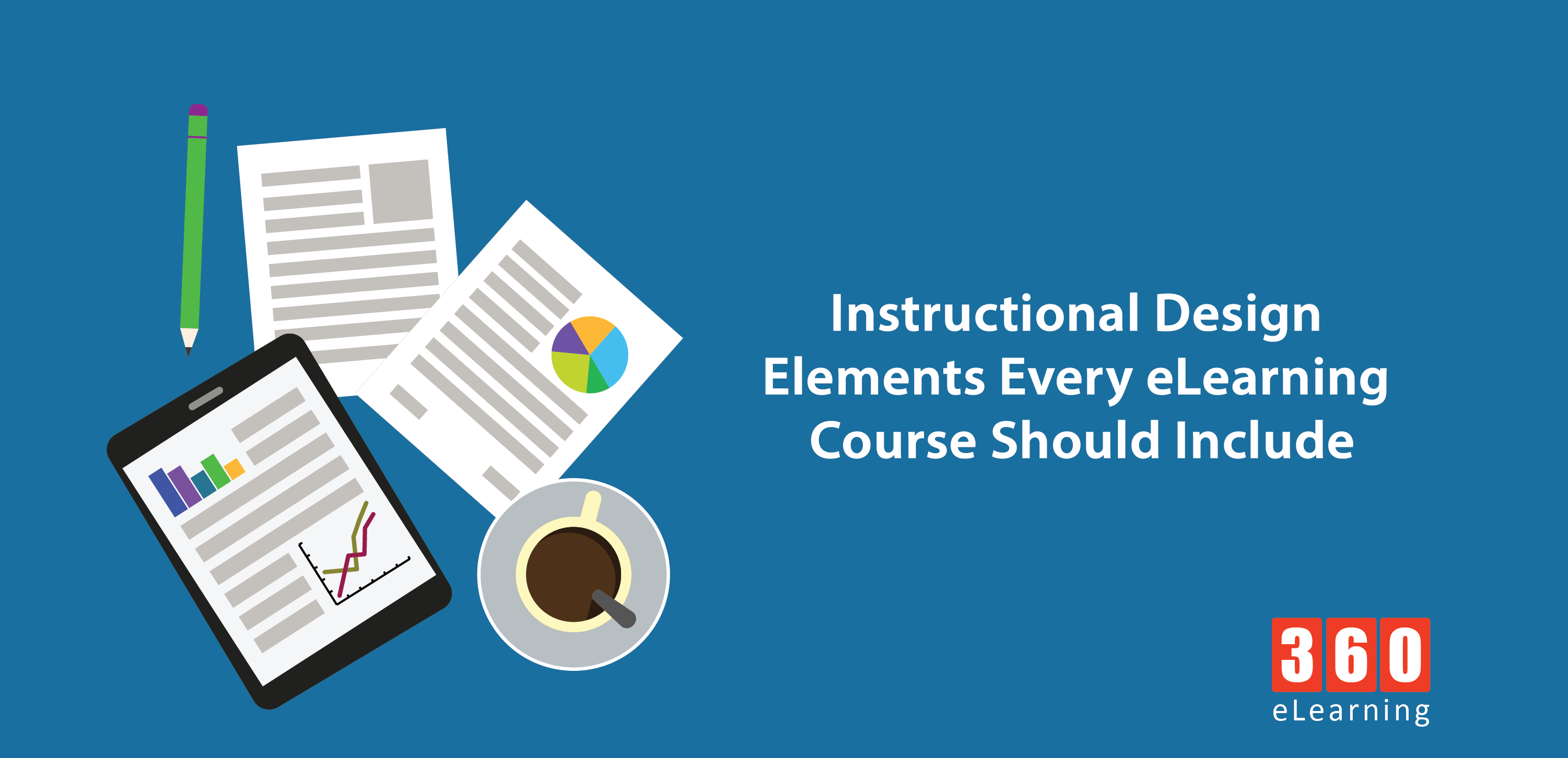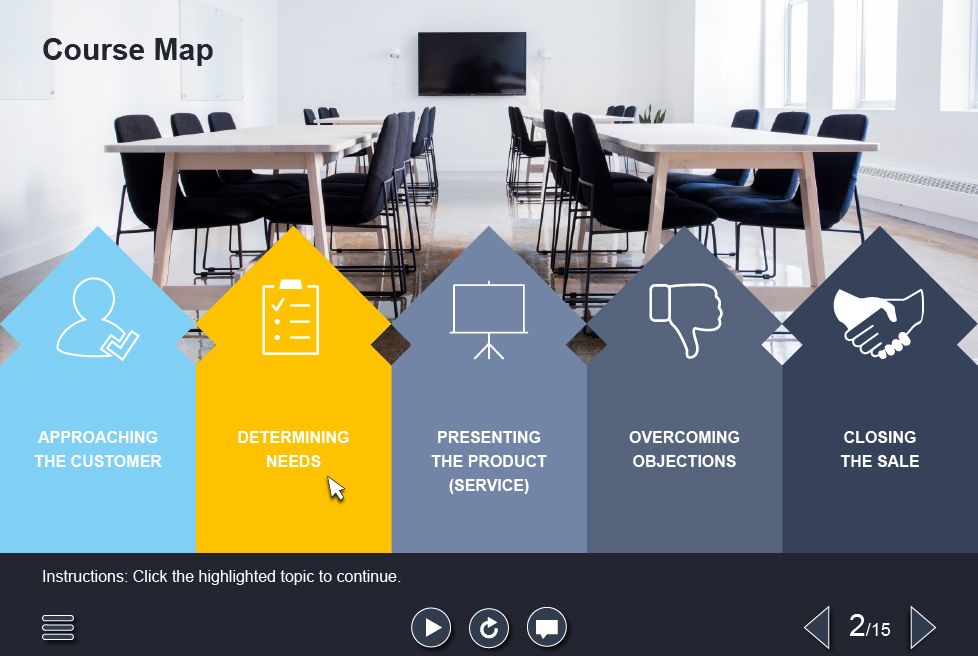Elearning Course Design
Elearning Course Design - To view a video recap with plenty of examples, check out the how to design effective elearning video. Web elearning course design plays a significant role in every step of the learning process. It takes into account the presentation of information, interactions with learners, and how the learning journey unfolds through. Acknowledging and building on students’ prior knowledge and experiences Interactive elements in elearning courses, and ; Here are the top 7 instructional design theories & models that you should consider for your next elearning course. Web use a course authoring tool such as articulate to create your entire course from a to z. Conduct a requirement analysis →. Audience design the course with your audience in your mind. As learners progress through the course, design assists with learning and retention. Later, it impacts the ability to recall knowledge. As learners progress through the course, design assists with learning and retention. The main key to success is to deliver what needed. This academy aims to create, connect, and support student success through online communities, fostering a positive and student. Put time in upfront to make sure the solution you design is. Web overall elearning course design resources your guide to designing and implementing awesome elearning courses. It takes into account the presentation of information, interactions with learners, and how the learning journey unfolds through. Basic elements of instructional design; In this blog we will explore these principles further and how they are essential instructional design principles for building an elearning course.. As your learners are likely busy and accustomed to being entertained by engaging content, it's important to ensure that your course not only catches their eye but also holds their attention. 16 essential steps electronic learning, popularly called elearning, is one of the most popular forms of training for most corporate organizations. Web learning design access expertise in course setup,. Web gain strong knowledge and skills to design elearning interactions that increase learning effectiveness and decrease costs; What are your learners’ desired outcomes? Conduct a requirement analysis →. One way to do this is to create clear visual focal points that demand their focus. Is there a visual focal point? Web beginning the elearning journey→. The course is divided into the following four sections: Whether they’re for your portfolio or a global audience of learners. What are your learners’ desired outcomes? Write a press release, start posting the elearning course on social media, and send out an email newsletter announcing the new offering. Basic elements of instructional design; By taking the time to do some prep work, you’re troubleshooting problems before they have a chance to happen. A responsive elearning course will adapt its sizing, layout, and interactions based on the screen size of the device being used. Web learn how the principles of design thinking can help fuel the success of your. Web elearning course design templates are a huge lifesaver. To perform a good analysis ask yourself these questions: What are your learners’ desired outcomes? Web here we list the 16 essential steps that you could follow for effective elearning course design. In this blog we will explore these principles further and how they are essential instructional design principles for building. The main key to success is to deliver what needed. Put time in upfront to make sure the solution you design is meeting the real business need. And you need to know what the learners want. Audience design the course with your audience in your mind. Write a press release, start posting the elearning course on social media, and send. Web gain strong knowledge and skills to design elearning interactions that increase learning effectiveness and decrease costs; It encompasses more than the sum of its parts; Web looking at all the things that are involved in creating an elearning course could make you feel like your first step should be to “give up.” however, with these 12 steps, we break. In this blog we will explore these principles further and how they are essential instructional design principles for building an elearning course. Audience design the course with your audience in your mind. 12 essential steps for crafting an elearning course : Whether they’re for your portfolio or a global audience of learners. Design starts by grabbing the attention of learners. It encompasses more than the sum of its parts; Finally, you also want to spend some time brushing up on your visual design. Web learning design access expertise in course setup, curriculum development and instructional design. 12 essential steps for crafting an elearning course : This academy aims to create, connect, and support student success through online communities, fostering a positive and student. Web elearning course design templates are a huge lifesaver. In this blog we will explore these principles further and how they are essential instructional design principles for building an elearning course. Acknowledging and building on students’ prior knowledge and experiences To view a video recap with plenty of examples, check out the how to design effective elearning video. Here’s what you need to do first: By taking the time to do some prep work, you’re troubleshooting problems before they have a chance to happen. Conduct a requirement analysis →. The main key to success is to deliver what needed. As your learners are likely busy and accustomed to being entertained by engaging content, it's important to ensure that your course not only catches their eye but also holds their attention. Web this blog will showcase three course design projects using engaged learning principles to overcome design challenges, including challenging content, lack of student motivation, and/or difficulty transferring knowledge. Whether they’re for your portfolio or a global audience of learners.
Instructional Design Elements EVERY eLearning Course Should Include

12 Tips To Create Effective eLearning Storyboards eLearning Industry

9 Visual Design Tips to Create Beautiful eLearning Water Bear Learning

3 Tips to Create an Attractive Elearning Course An Infographic

E Learning Course Design Template
10 Elearning Course Design Templates EdApp Microlearning

eLearning Templates for Online Courses — Technomatix

8 eLearning course design elements that are sure to grab and hold your

eLearning Course Starter Template 2 (Black/Blue) The Instructional

eLearning Landing Page Design on Behance
What Are Your Learners’ Desired Outcomes?
Web Our Courses Have Greatly Benefited From The Incorporation Of 360 Images, And This Has Been Recognized Both By Our Happy Clients And The Elearning Industry, As Evidenced By Our Adobe Design Award.
Before You Start To Design A Course, You Must Perform An Audience Analysis.
And You Need To Know What The Learners Want.
Related Post:
